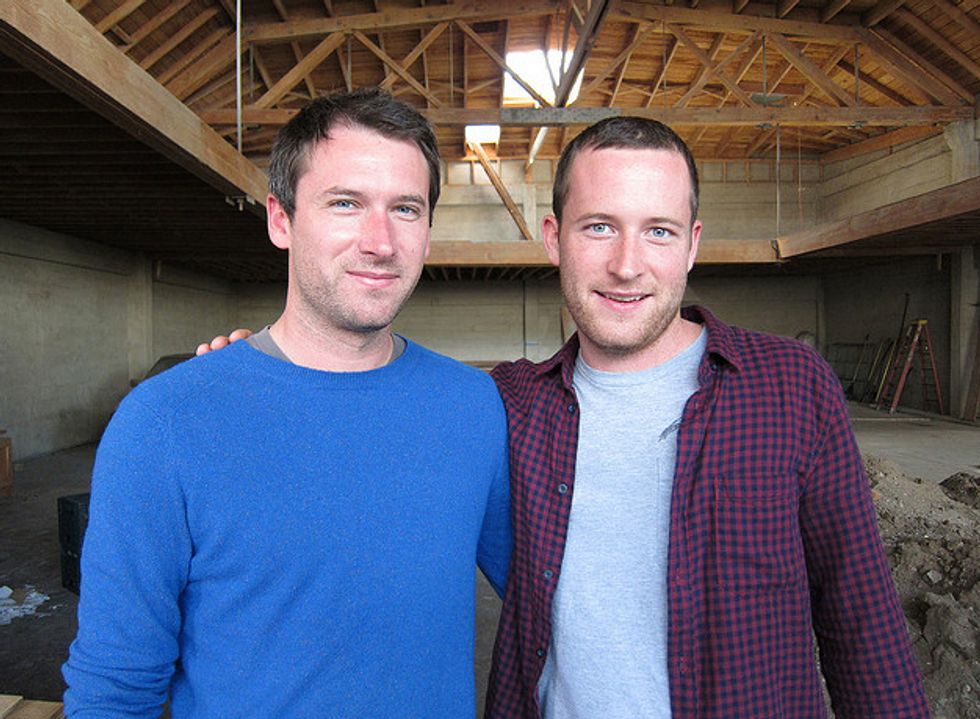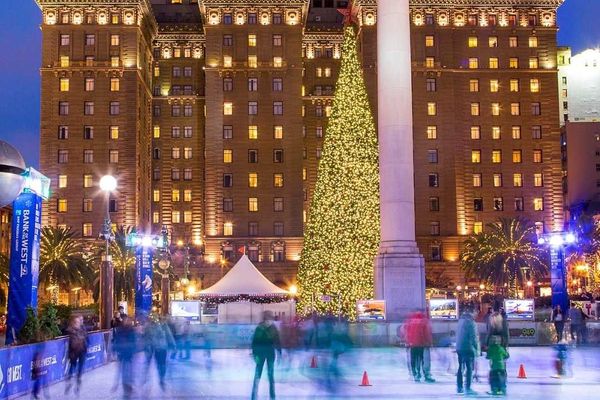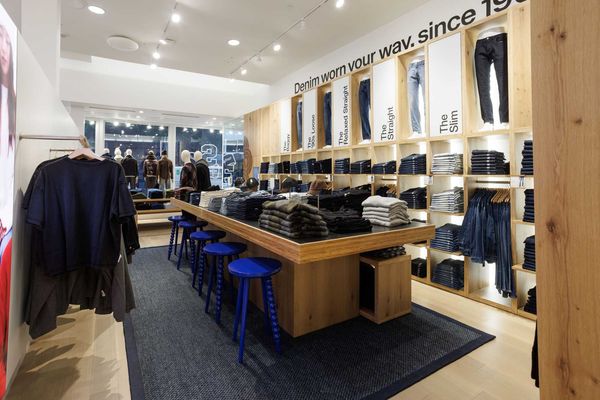Welcome to Locked & Loaded. Every Wednesday, we’ll bring you stories from local Bay Area coffee culture. For our inaugural post, we spoke to Jerad and Justin Morrison, founders of San Francisco’s newest coffee roaster and cafe, Sightglass.
For the past several months, I've been dropping into Sightglass and watching it evolve. Just around the corner from 7th and Folsom, Sightglass is in the heart of a 'hood quickly earning its own ridiculously abbreviated appellation: FolSoMa. In the now-traditional Bay Area custom, they've been serving from a kiosk while they build out a massive and beautiful new cafe.
From the get-go, they've been serving up great brewed coffees and espressos. But all have come from Verve in Santa Cruz, while Sightglass' own roaster has stood empty in the center of of the vast new space.
But now that the Morrison brothers have gotten city permitting issues resolved, they've finally fired up the roaster and have been offering five or six new options a week. The handful I've tried have all been exceptional. We caught up over a freshly-roasted Costa Rican.
7x7: What was your background prior to opening Sightglass?
Justin: We were both at Four Barrel. Helped to build that, get them up and running. And then before that, we were both at Blue Bottle. We used to roast all their coffee for them and do farmer’s markets, that sort of stuff.
7x7: How long have you been roasting here at Sightglass?
Justin: Right now we’ve been roasting about four times a week, and been doing it for about two weeks. [Since June 21]
7x7: What are some of your initial coffee offerings?
Jerad: We've got a handful. We've got some Latins, some Indonesians, a couple of different Indonesians, a couple of different Africans.
7x7: Anything in-particular that you are excited about?
Justin: All of them! Our offerings are a pretty wide spectrum. From really clean Central American, to really bright fruit-forward African coffees. We just want to make it accessible. We’re not necessarily focused on just African coffees or just Central American coffees. It's coffees that we find, and really like and want to expose. So, with that we want to have a good variety. We might like a certain coffee because it has so much clarity, it's very clear and sweet and balanced. Or, like, this particular coffee from Kenya [the company’s Kenya Kirinyaga Kiangoi Peaberry] because it's really juicy and really fruit-forward.
7x7: How are you sourcing stuff? Did you have an existing relationships?
Jerad: We’re still developing relationships with boutique importers. We are doing with a couple of different people now, and they are all on the small end of importing. These are the guys that are going out there and trying the small producers. A lot of [producers], they’re just taking their coffees to a processing plant, where they wash the coffees, and it gets blended in from all the producers from the same area, and they all go out as a Guatemalan coffee [for example]. So we have this opportunity to single in on these coffees, that are spoken for by the importer before they actually get lost. From region to region the process differs. But usually the way it works is, all the producers bring their coffee to one centralized processing station, and they all get blended. It's a shame, because all of those terroirs are different, like high altitude coffees that are we are serving, mixed with something completely different and all just gets labeled as one thing. It’s the finest coffee, but then it gets lost in the mix.
7x7: So it’s like an anthropology expedition for coffee?
Jerad: Yeah, and eventually we want build relationships with specific producers and have their coffees to ourselves exclusively.
7x7: Does Sightglass have a defining philosophy or mission?
Jerad: Yeah, we modeled Sightglass to place the production up front and center, to create an environment where the whole process behind what’s being served on the coffee bars is exposed. I think for most consumers, their experience going into coffee bars, it’s just all about the end product. But, we want to tell the story, and go lot further than that. So we want to have the whole process of what we do at the roaster be transparent. And, you can just like totally bypass that, and just get a cup of coffee, or you can delve in deeper, watch the process and ask questions about it.
Justin: From the consumer standpoint, the experience that most cafes offer is the very final aspect of what goes into the coffee, which is the preparation. Consumers often just see it as this already roasted product and they have no connection to what it took to get to that point. So, our whole concept is being very transparent throughout. Allowing the consumer to see, in sequence, the roasting and the production that go into coffee. From its green form, into the roaster and then all the way to the coffee bar where their drinks are prepared.
7x7: I wanted to ask about all the technology you use. You have a Slayer espresso machine, and the iPad with the Square adapter cash register. Are you big gadget guys ?
Jerad: The Slayer, that was simply because of the manual control. You can manipulate the rate of pressure which it extracts the coffee at. You can manipulate the pump pressure so you can begin to extract your coffee at 3 bars pressure, or however you like it, and then you can go to 9 bars of pressure, because different coffees react differently to different pressures. So, you have a really loud European coffee that’s just like crazy vibrant; you can tone it down a little bit or you can let it be crazy vibrant. You are able to manipulate your coffee a lot more. So you can just like tweak the extraction to change what you are getting from the of espresso. Another thing about our machine is that it has two group heads. You can set specific temperature for each of the group heads and you can also set the rate at which they extract independently. So in theory you can have one type of coffee from one group head and another type from the other group head.
Justin: But, I wouldn’t say we’re technology whores. It just kinda worked out that way for us. As much as we like to use the new cutting edge stuff, we also love vintage stuff. Like that [a refurbished La Marzocco GS2 espresso machine sitting at the coffee bar] is from ’72, our roaster is from ’61. And they’re just straight mechanics, and that’s what they’re good for. They don’t ever fail us for that reason.
Mat Honan is a coffee-obsessive who prowls the city in search of the perfect cup. Each Wednesday, he writes about San Francisco coffee culture for 7x7.




















